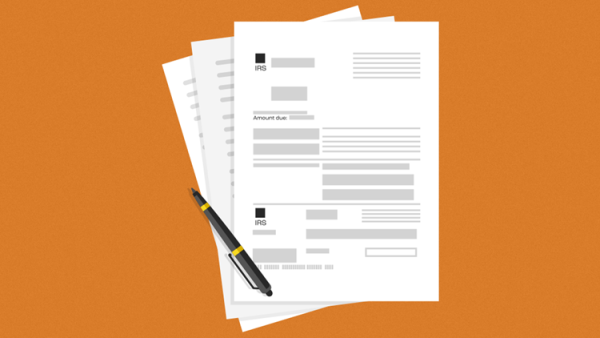The Internal Revenue Service says it has constructed a blueprint for its future called the Paperless Processing Initiative. The plans are aimed at eliminating up to 200 million pieces of paper every year, while cutting processing times in half and speeding up refunds by weeks. The agency says it will realize these benefits by fully embracing digital filing and processing – the sooner, the better. The plan is a two-step process with work starting now and extending past filing season 2026. It’s funded by the Inflation Reduction Act.
When it comes to speeding up the taxpaying process, paper is the enemy.
Every year, the IRS gets about 76 million paper tax returns and forms, and another 125 million pieces of correspondence. Each one of those pieces of paper requires a human being to enter its information into the IRS computer systems.
This process can lead to a filing logjam as outside of the annual 1040 tax return and a relatively few other forms, taxpayers are currently limited to sending in forms and correspondence to the IRS on paper. Meanwhile, the agency can’t digitally process the mountain of paper it gets. In fact, just storing the paper returns and correspondence the agency receives costs a tidy $40 million every year. The plan is to push all tax filing into the digital world, and to devise a system to automatically scan any paper documents on arrival.
Step One: Taxpayers Can Go Paperless in Filing Season 2024
The first step is a big one in itself: taxpayers will be able to send all their correspondence, non-tax forms, and notice responses to the IRS in digital form. This may appear to be a small action, but it will take millions of paper documents out of the processing backlog every year. The IRS estimates that this initial step alone will mean some 94% of individual taxpayers will no longer ever need to send a piece of mail to the agency.
Some 20 additional tax forms, meanwhile, will be added to the digital availability list. This will include amendments to Forms 940, 941, and 941SSPR. The most popular non-tax forms – at least 20 of them – will also be moved over into the digital world and optimized for mobile devices. This includes the Request for Taxpayer Advocate Service Assistance.
Note, however, that in this first phase taxpayers who have a need to file a paper form or send paper correspondence may still do so.
Step Two: IRS Starts Paperless Processing for Tax Returns in Filing Season 2025.
In this phase, the IRS takes aim at the avalanche of paper it receives, whether tax forms or correspondence.
The agency timeline calls for all paper-filed tax and information returns to be digitally processed on arrival. Half of all non-tax forms, notice responses and other correspondence should start being digitally processed by this period, with full digital processing in place in a year’s time. Once in place, digital processing will also enable up to a billion historical documents – filed tax returns and other files – to be digitized, freeing up millions of dollars in storage costs.
Also, in this step, an additional 150 of the most-used non-tax forms will be available in digital form and optimized for mobile devices. This reflects the move by the IRS to make more of the most popular forms available for smartphones as the they estimate that some 15% of Americans rely on their phones for main internet access, and do not have broadband at home.
IRS: Digital Processing Key to Agency’s Future.
The benefits of paperless processing are huge. First, it stands to speed up customer service by making filed returns and other information available digitally, reducing the possibility of human error in data entry as well as granting customer service representatives improved access to information for addressing taxpayer questions. Taxpayers could expect to see their refunds sooner, since all the data and tax forms will be processed faster. Finally, successful implementation could also have financial rewards from lower paper storage costs, which can be leveraged into other technical improvements within the IRS.

